Worldschooling – Benefits, Real Stories, Curriculum + How to Afford It
“What is worldschooling?” is a question parents asked much more often since schools closed. The answer to that question is as wide and varied as the wider world around us.
Worldschooling is defined as education by experiencing and interacting with the world around them. It can involve a family that lives on the road, but it can also be a student in a family that travels often or explores their surroundings.
Those of us who are interested in more natural ways of parenting often question traditional schooling methods. This is why, in recent years, alternative education philosophies like worldschooling have become so popular.

What is Worldschooling?
Worldschooling is a lifestyle that allows children to learn from the world around them and usually involves travel. Like our family, a growing number of parents are choosing to worldschool their kids because this type of education encourages child-led, life-time learning and can be done anywhere, at any time.
While there are creative ways to use worldschooling principles without flying across the globe, worldschooling which involves travel is increasingly accessible to more and more parents. This is due in part to:
- Ease of travel
- Growing global economies
- Possibility to work remotely
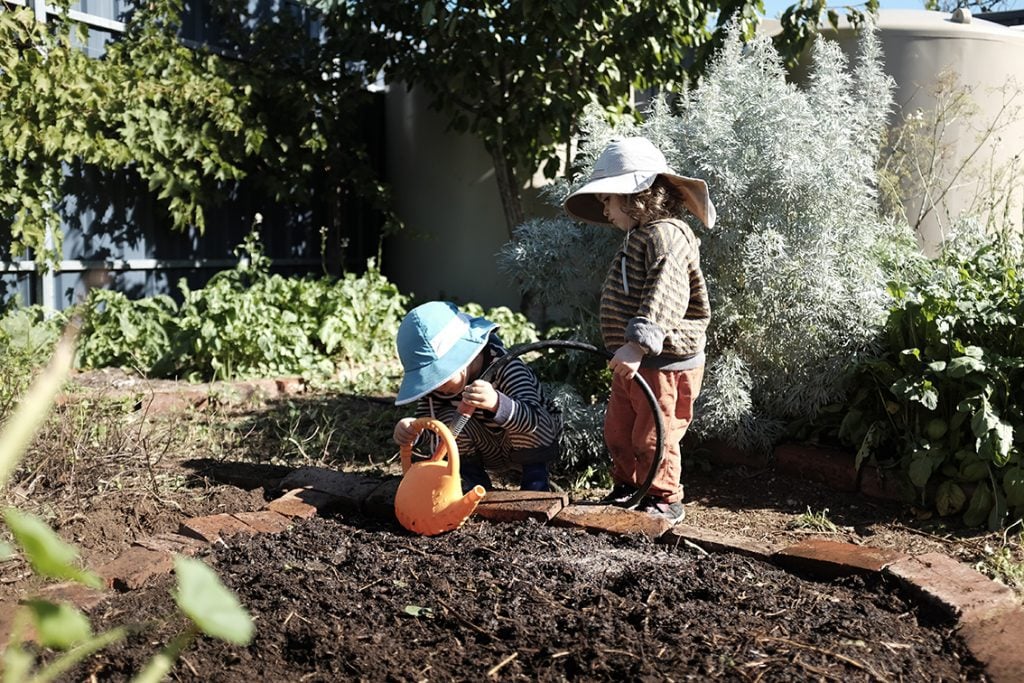
The Benefits of Worldschooling
Public school works well for many families, and that’s great. However, if your family loves to travel or seeks experiential learning, this might be the perfect option for you. Here’s why…
1. No Homework
Did you complain about homework as a child? Does your child hate the sound of the word? Well, with worldschooling there is no homework. None is needed because all the learning is hands-on, and knowledge occurs spontaneously, through experiences.
2. Hands-On Learning Opportunities
If your child goes to an alternative school where hands-on learning is encouraged, then they are among the lucky few. In most schools, kids get “ready-made” projects, workbooks, handouts, and teachers lecturing them while they sit still and take notes.
Worldschooling is like one ongoing field trip. Kids can experience geography in person, rather than just memorizing maps. They have the opportunity for language immersion in foreign places. Travel is also the best social studies education around.
3. Expanded Socialization
Everyone asks homeschoolers how they get their socialization skills. In reality, traditional school can be a limited and sometimes negative means of students associating with their peers. Meanwhile, worldschool kids are interacting with different people of diverse backgrounds, beliefs, and ages.
4. Curiosity & Love of Learning Encouraged
Kids are naturally curious. And they have an intrinsic love of learning. Years of learning for the sake of a test crushes that love. Loads of people say it took them a decade after graduating college to want to learn something for fun. Some adults don’t even read books for entertainment because they were made to hate reading during school.
When you follow your child’s interests, their curiosity is satisfied and ends up breeding more curiosity. This can also encourage them to follow their passions later in life.
5. No Tests or Grades
Tests don’t measure your child’s intelligence nor their achievement. With this option, your worldschooler is tested through applied knowledge based off of their experiences and unique talents and gifts.
6. Go at Your Child’s Pace
No more alarm clocks, no more rushing anywhere. With worldschooling, children learn at their own pace and it can be as slow or as fast as they feel necessary. All you have to do is observe your child and present opportunities as they arise.
7. Less Screen Time
Most traditional schools use tablets, computers, and technology that bombards young children with information that can be difficult to process. When you world school, you can also choose screen free parenting. As they get older, there’s plenty of time to introduce computers and technology. Kids are adaptable. They won’t be left behind when it comes to technology.
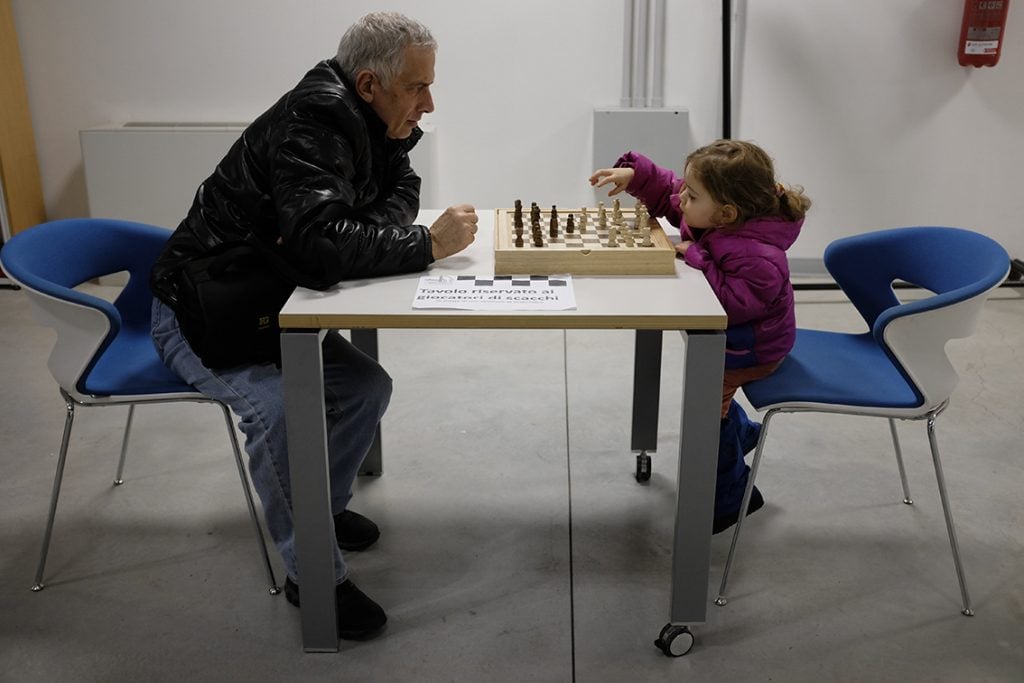
Even More Benefits for Your Worldschooler
- Stepping outside of your comfort zones (mental and physical) and adopting to change and new environments helps build resilience.
- Meeting new friends (mentors and inspirational “teachers”) from different cultures encourages curiosity, compassion, peace, and acceptance.
- Hearing a different language makes the brain grow and helps improve communication.
- Connecting with others and each other helps build relationships.
- Traveling helps children understand how big the world is and that it extends much farther than their immediate surroundings or the “bubble” of the classroom.
- Travel creates new memories and pathways in the brain.
- Seeing something new might help your child discover more of their own interests.
- Worldschooling encourages child-led learning.
- Challenges that travel brings upon helps build perseverance and collaboration.
- Spending time together provides a unique bonding experience. Once they grow up and start friendships, this travel time may be harder. Seize the moment to connect with your worldschooler and strengthen the parent-child bond!
How to Afford Worldschooling
If homeschooling while traveling is on your educational bucket list, add it to your financial goals. It’s a simple mindset shift. Just as you budget for food, housing, and utilities in a fixed situation, you can budget a specific amount into your worldschooling savings account. Here’s how to afford the traveling lifestyle.
- Make it a priority!
- Make goals to save money for a “family gap year.” Worldschooling doesn’t have to be all or nothing kind of adventure. For example, you can do it once for a period of time to see if it suits your family. Or you can save up and go away for an extended period of time every few years.
- Become an entrepreneur.
- Buy only things that are absolutely necessary and spark joy which will reduce your overall expenses.
- Instead of objects, pay for experiences!
- Sell or rent out your house when you’re away from your home country or state.
- Work away from home.
- House-sit (long-term).
- Find freelance online work which will allow you to be mobile (digital nomad).
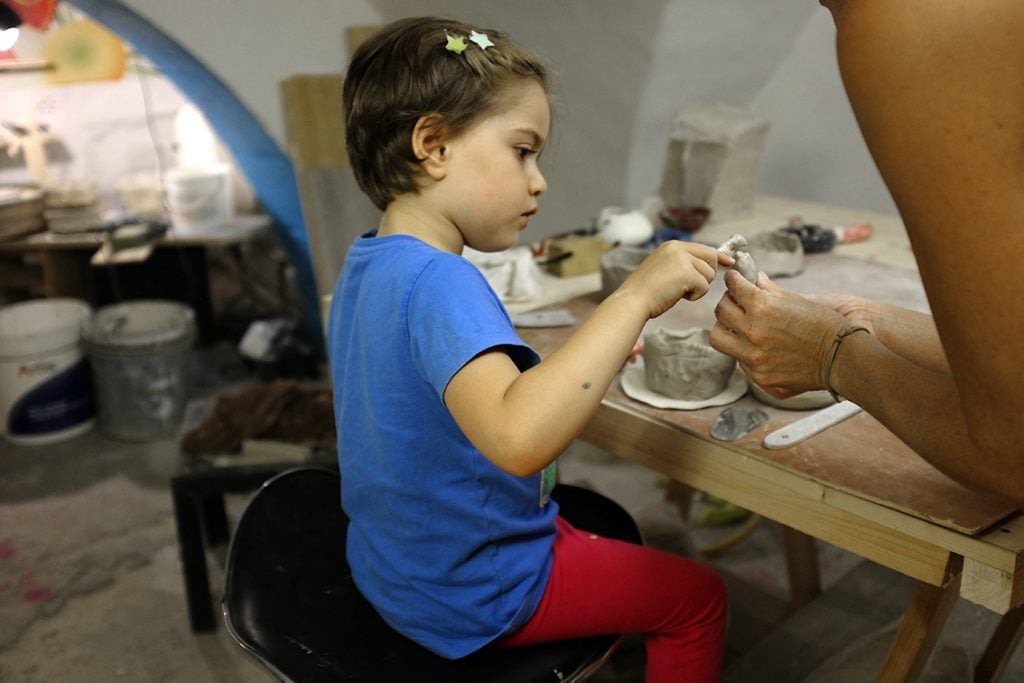
Worldschooling Curriculum & Activities
The primary curriculum of worldschooling is the variety of experiences your learner experiences. If your family chooses to incorporate a more traditional structure, you can always create your own hybrid option and world school schedule.
Many homeschool curriculum companies offer full time or work-at-your-own-pace distance learning options. Just be aware of how many books, workbooks, or other materials are required since you likely want to keep a lighter load.
From a developmental standpoint, smaller children learn best through experiences and hands-on activities. Older children learn best through projects, stories, and games. Keeping this in mind, offer opportunities based on your child’s interests.
One Family’s Worldschooling Lifestyle
Here’s where you can learn from an actual worldschooling family. Nino Trentinella, the voice of the blog Rainy Day Sunny Play, shares examples of her child’s education and the flexibility this type of homeschooling offers.
When my daughter was 3, she saw a color mixing wheel while we were at a shop and got obsessed with it. She’d make up her own color mixing/guessing games and would spend hours mixing them using the wheel and then trying to apply that knowledge while painting. To help her learn more about colors, we looked for color-related opportunities outside the house and planned a trip around the concept of “color.”
We traveled to Milan, Italy and took her to see her first Opera, “The Barber of Seville,” at the world famous La Scala Opera House. This opera was specifically designed for children and each character wore brightly colored costumes.
The set was also made from very bright colors which matched the characters while the lighting changed accordingly. So this way we experienced color in a specific setting and saw how it was applied in costume, stage and lighting design. Beautiful music was an extra bonus and our daughter learned that color is used everywhere, not just in painting.
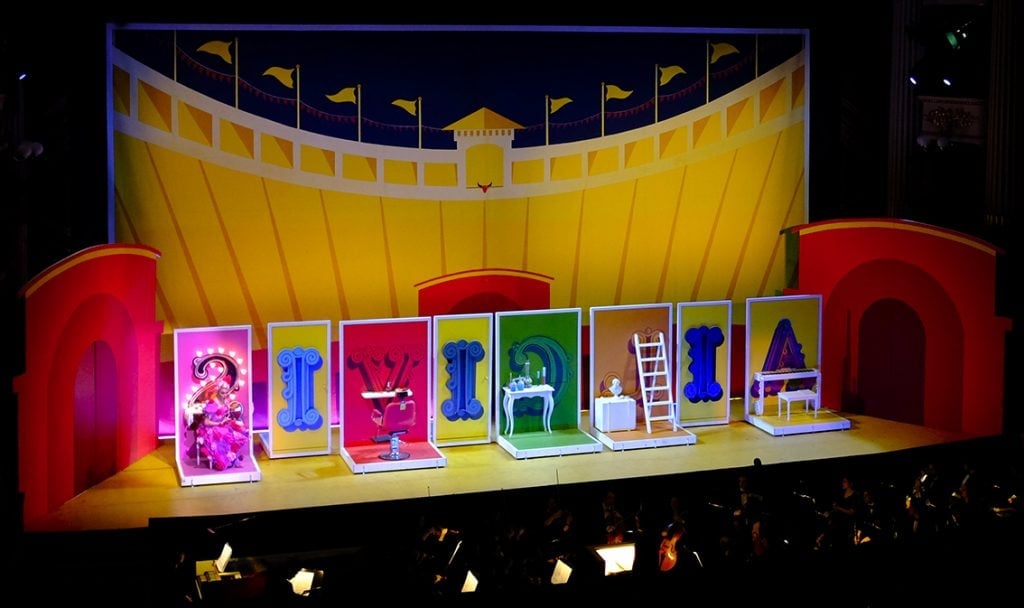
Next, we took her to the Children’s Museum of Milan where there was an exhibition about COLOR! There were 5 interactive color-related activities with a guided tour. While my daughter didn’t understand much Italian, she could see and follow along without a problem.
Her favorite part of the exhibition was a room where colors changed depending on lighting and made certain images appeared or disappeared. It was magical and mesmerizing and we later got her a book with color filters which functions in a similar way. She learned how light affects and changes color.
Additional Worldschooling Resources
Khan Academy – a robust free educational resource offering learn-at-your-own-pace lessons ranging from maths to science to history to humanities.
Discovery Education – ready to use virtual learning strategies including a free puzzle maker and math help.
Scholastic Learn at Home Resources – when you think Scholastic, you may think “book fair,” but this website has free resources for at-home learning during school closures. They offer day-by-day projects from Pre-K to 9th grade.
Oak Meadow Curriculum Activity Packets – selections from Oak Meadow curriculum activities ranging from recipes to poems and songs to science projects and more.
Project World School co-creates temporary learning communities around the world so teens and young adults can collaborate in a rich experiential & social learning environment.
Smithsonian Kids Interactive – Your child can explore art, science, history, and more through interactive activities and games.
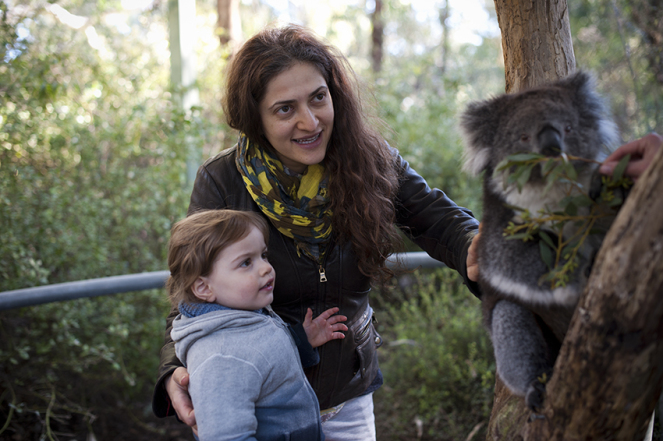
Worldschooling At Home
First, observe your child and notice what they are most interested in. Ask yourself these questions:
- What is my child constantly asking me about?
- What types of games does my child play with the most?
- Which toys do they select?
- How does my child use toys or objects?
- What types of activities attract them?
- What does my child like to talk about the most?
- Which types of places does my child like best?
Once you have your answers, look for experiential opportunities around where you are. Here are a few examples:
- Visit farms and local markets to learn about local food culture.
- Create an intentional community among friends and neighbors who might have interesting/unique skills or knowledge to share with your child.
- Find local trades or craftspeople and see if you can arrange mentors and apprenticeship sessions so your child can learn directly from them.
- Visit museums and take age appropriate guided tours.
- Learn about architecture and history at historic sites.
- Conservation parks help kids learn about wildlife preservation, and they often offer kid-friendly programs.
Worldschooling FAQs
Worldschooling involves learning through travel and experiencing different cultures and exploring geography. Unschooling is a form of education without the same structure as traditional school. Learning occurs through play, experiences, and curiosity.
You can start at any age. Younger can be better because you won’t have to help your child “unlearn” the conventional way of schooling. Once kids get to the tween or teen stage, it’s normal for them to want more permanent friendships. This might be the time to assess and make sure worldschooling still works for your child. Look for a a homeschooling co-op that includes travel opportunities for your child’s high school experience.
The schooling part doesn’t cost anything, but the destinations have a price. It depends on what type of traveling education your family desires. See the tips above on how to afford it.
